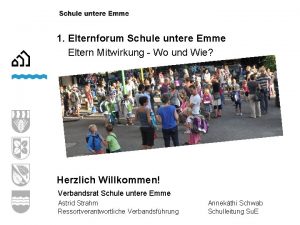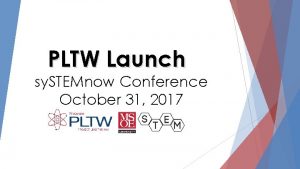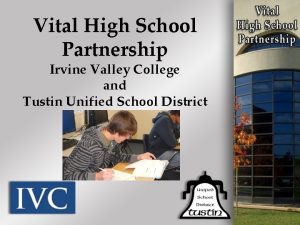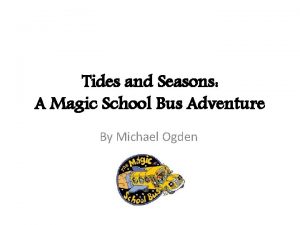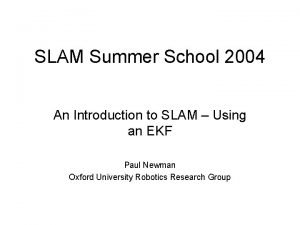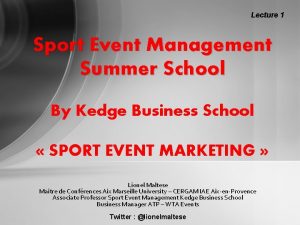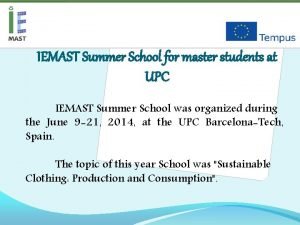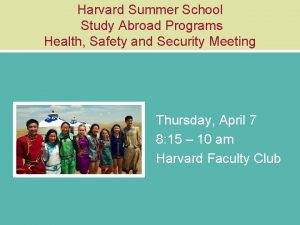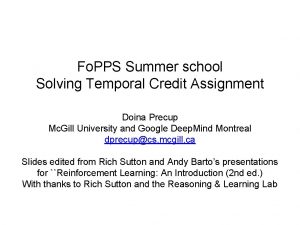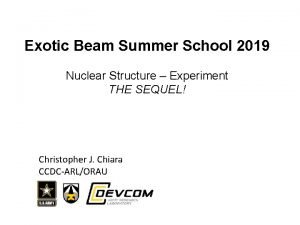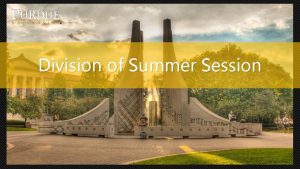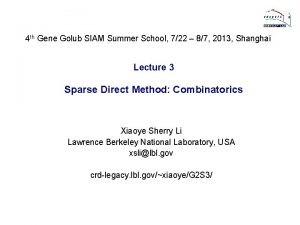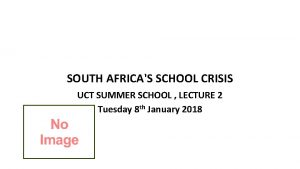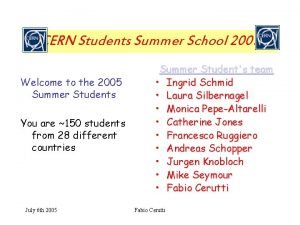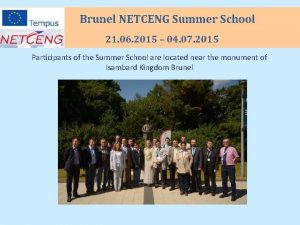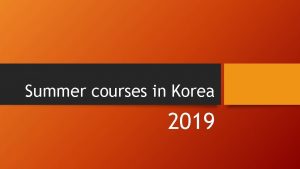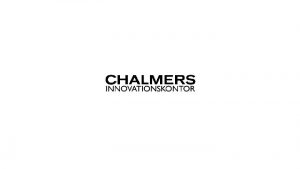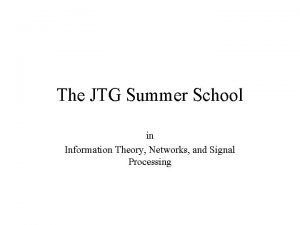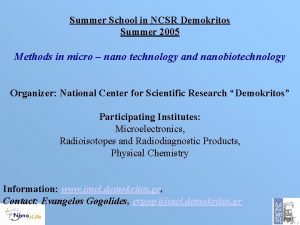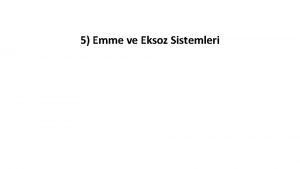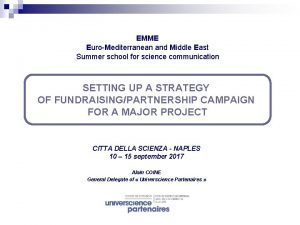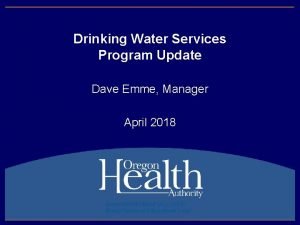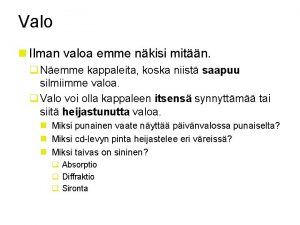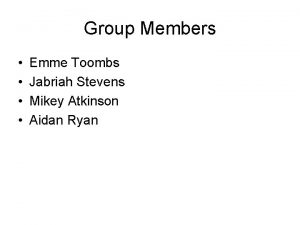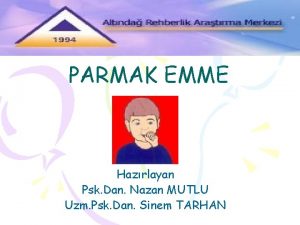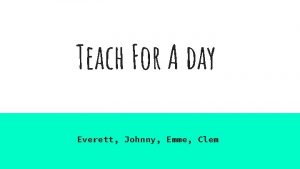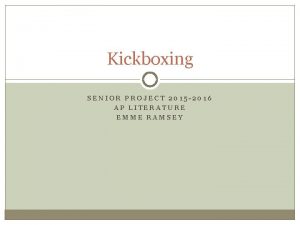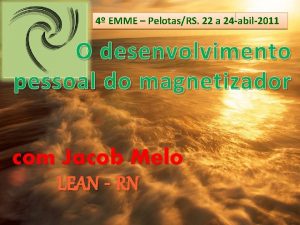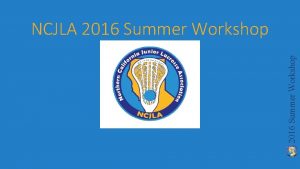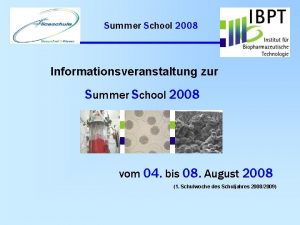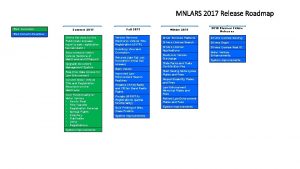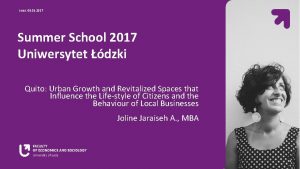EMME Summer School 2017 Workshop How to Develop


























- Slides: 26

EMME Summer School 2017 Workshop - How to Develop and Support your Human Resources? Sophie Biecheler, Director of International Relations, former HR Director, Universcience, Paris, France


PART 1 What are the main functions of a cultural institution? 3

PART 1 What are the main functions in a cultural institution? 3 Reception / welcome of visitors Food / shops / Resources Administration Exhibitions / science shows / / Content Security Collections Education / science facilitation

PART 1 Which human resources policy in which organization? 3 3 models: - All integrated activities (in house) - Mixed models: outsourced + in house - Outsourced models Open discussion on the pros and cons of subcontracting

PART 1 Pros and cons of subcontracting 3 ADVANTAGES - Flexibility (seasonal peaks and valleys) - Labor costs (higher hourly rate for subcontactors but annual lower rate because of taxes) DISADVANATGES - Lack of control: you can handpick your own employees, train them the way you want them trained and assess them whereas with subcontactors you give up much of that control - Distance / less involved staff

PART 2 The different phases of recruitment 3

PART 2 The different phases of recruitment 3 Job description Profile definition Case study n° 1 Identification of recruitment sources Setting up means of recruitment Recruitment campaign Selection Hiring decision Integration / Incorporation

PART 2 Case study n° 1: Analyse a job description 3 - Not an administrative action, but a crucial management step - The quality of your candidate depends on your sourcing i. e the applicants you can attract with your job description => it is your responsability to generate a pool of qualified candidates for a particular job - Attract the qualified applicants + encourage unqualified applicants to self select themselves out.

PART 2 Role play 3 Work situation in small groups (in pairs): Your are given examples of REAL job descriptions for a curator or project manager in the field of museums and science centers. There are no good or bad ones. But extract the main features of a clear job description in order to attract the most relevant candidates. Open discussion

PART 2 Job description 3 An attractive, precise and detailed description to interest the most qualified candidates. Describe the roles and responsibilities associated with the position. Be precise in 4 to 6 points. Make sure your description contains the terms that a candidate would use by keyword to find your ad. Explain the skills you expect. Do not make a long list that can intimidate and discourage, even the best candidates. Include all the benefits of your position (flexible timetable…), without exaggeration.

PART 2 The different phases of recruitment 3 Job description Profile definition Case study n° 1 Identification of recruitment sources Setting up means of recruitment Discussion Recruitment campaign Selection Hiring decision Integration / Incorporation

PART 2 Internal Recruitment 3 Recruiting candidates within the organization (network) to fill the vacancy. Unlike external sources, institutions fill the positions through the references of current employees to higher positions => MOTIVATION ADVANTAGES DISADVANTAGES - No cost and less time consuming - Build strong relationship with employees - Motivate others of hard work to get high positions - Long stay with the institution when promoted to high position - The position of the person who is promoted will be vacant - No new opportunities to bring « new blood » and external views - Dissatisfied employees may quit if coworker is promoted to high position

PART 2 External Recruitment 3 Recruiting candidates through references, networks, job portal or recruitment agencies (headhunting), websites, campus recruitment. In order to compete with other companies and increase their standards, employers hunt for best talents working for other top companies ADVANTAGES DISADVANTAGES - Best candidates can be placed for - Higher cost and more time the role consuming - Less chances of partiality - Sourcing quality candidates - Able to recruit very specific skills becomes difficult for the company - Cost of agencies is quite high

PART 2 The different phases of recruitment 3 Job description Profile definition Case study n° 1 Identification of recruitment sources Setting up means of recruitment Discussion Recruitment campaign Selection Hiring decision Case study n° 2 Integration / Incorporation

PART 2 Role play 3 Work situation in 6 groups: On the basis of a curator recruitment example, you have to select some CV among several profiles, with the support of the provided job description. Þ 3 piles of CVs ( + / ~ / -) Þ Report in 3 columns to the paperboard Open discussion

PART 2 Focus on the job j interview 3 5 main cognitive traps : - The confirmation bias - The projection bias - The halo effect - The Dunning-Kruger effect (self proclaimed experts) - The effect of ambiguity

The importance of an evaluation form, with important key criteria, similar for all the candidates.

Common mistakes and tips to avoid them 3 1. Rushing the process Whether you’ve created a brand new position or experienced a vacancy, it’s common to want to fill it right away. You have a business to run, right? Instead of hiring the first person you find, slow down and make the right hire. 2. Postponing the hire The flipside of rushing the process is postponing it. This mistake will eventually put in dire need to fill the role and you’ll be tempted to hire the first person you interview. 3. Relying on your gut Growing business (and teams) are often led by entrepreneurial-minded people who trust their gut when it comes to making business decisions, but it’s important to do your due diligence. 4. Not screening for culture fit While a resume can tell you a lot about a candidate’s experience and skillset, it’s not enough. Every employee should be a good fit for the company culture, as well.

Common mistakes and tips to avoid them 3 5. Conducting just one interview Try not to make a snap decision about hiring someone after one great interview. 6. Holding too many interviews When it comes to the right amount of interviews, find a happy medium. 7. Talking and not listening You’ve got good candidates and you definitely want to impress them, but don’t make the mistake of talking too much. 8. Use an evaluation form When evaluating candidates, it’s important to give yourself and other interviewers a structured way to document feedback. Use a scorecard that onlines all the key criteria important for the role and company culture and rank the candidate on each factor. It gives you an easy way to compare, especially if you’re torn between two great options at the end of the interview process.

PART 3 Salary components … 3 Perks / Bonus Basic salary Retirement allocation Paid vacations Transportati on / Company car Medical insurance Paid meals (partially or totally)

PART 3 Life-long training for employees 3 Integration / incorporation New tools Contact with practices and network

PART 3 The assets of international cooperation and staff exchanges 3 Increase in international cooperations: economical and diplomatic dimensions. Staff swap: a lever to make your project successful (look for institutional programs). An asset for your staff’s personal and professional development. An external perspective to enrich your offers/programming. A soft manner to conduct change in your institution.

PART 3 The assets of international cooperation and staff exchanges 3 5 key points to keep in mind: - Identify each one skills and motivation - Work on a specific project - Communicate - Stay in touch - Encourage mobility

Wrap-up : How to develop and support your human resources ? We have explored and experimented some tools: - organisational models - recruitment process and steps - importance of lifelong training - assets of international cooperation and staff exchange There is no mandatory rule ! HR depends on the context (size of the organisation, cultural environment, workforce market, strategic plan => where you want to be in 5 years) … … but there are set of standards to keep in mind.

THANK YOU VERY MUCH FOR YOUR CONTRIBUTION AND PARTICIPATION
 Schule wiler bei utzenstorf
Schule wiler bei utzenstorf Flowarm pltw software
Flowarm pltw software Lodi unified summer school
Lodi unified summer school Crescenta valley high school summer school
Crescenta valley high school summer school Haltom high school summer school
Haltom high school summer school School workforce census 2017
School workforce census 2017 Ivc summer classes for high school students
Ivc summer classes for high school students Magic school bus winter spring summer fall
Magic school bus winter spring summer fall Slam summer school
Slam summer school La sapienza summer school
La sapienza summer school Event management summer school
Event management summer school Upc tempus
Upc tempus Harvard study abroad
Harvard study abroad Cliff walking
Cliff walking Exotic beam summer school
Exotic beam summer school Purdue summer school
Purdue summer school Gene golub summer school
Gene golub summer school Kimberly summer school
Kimberly summer school Summer school 2013
Summer school 2013 Uct summer school
Uct summer school Cern summer school
Cern summer school Brunel university summer school
Brunel university summer school Snu summer school
Snu summer school Fluid intelligence example
Fluid intelligence example Wacqt summer school
Wacqt summer school Jtg summer school
Jtg summer school Summer school demokritos
Summer school demokritos
